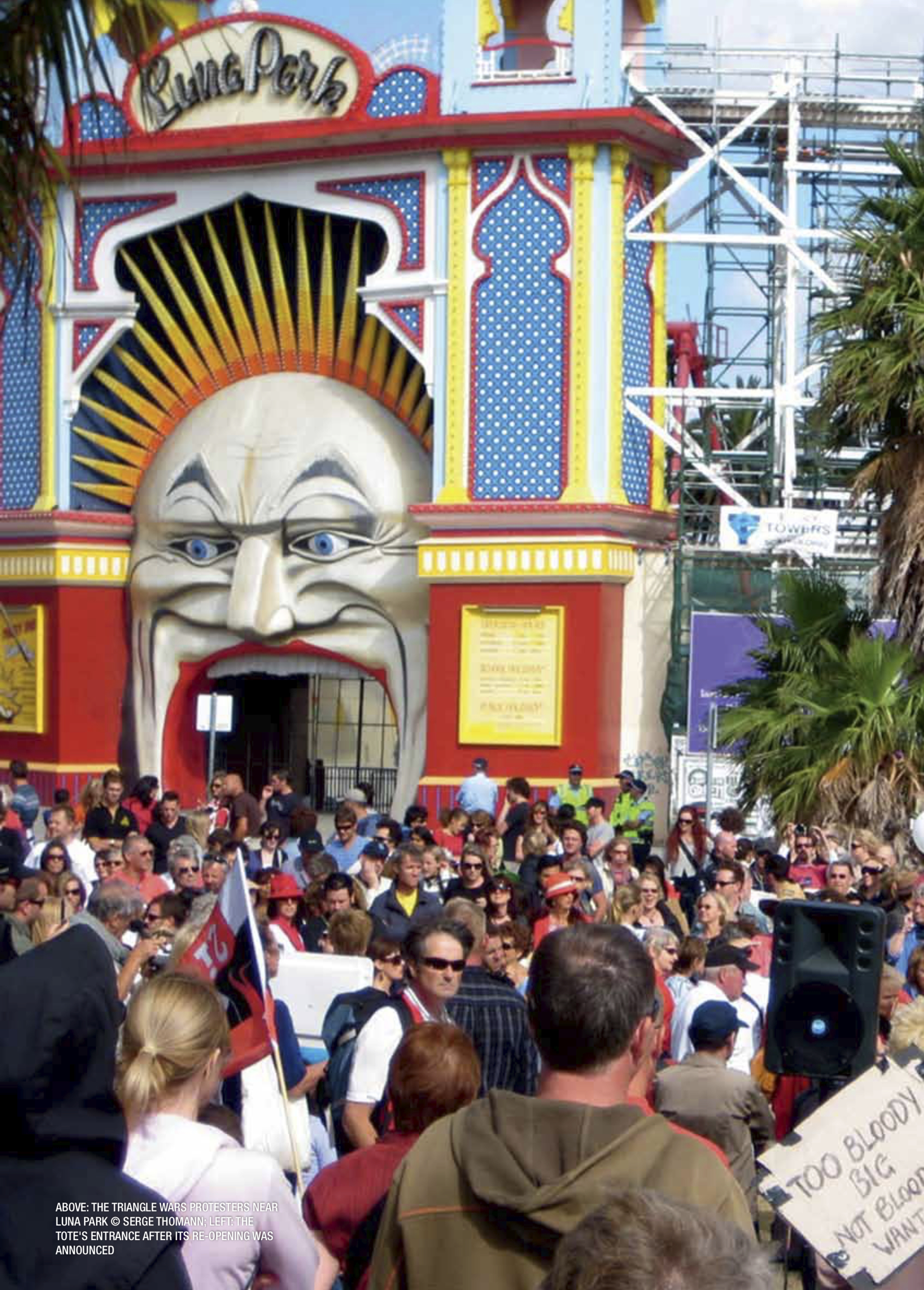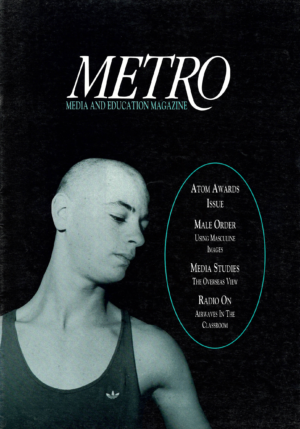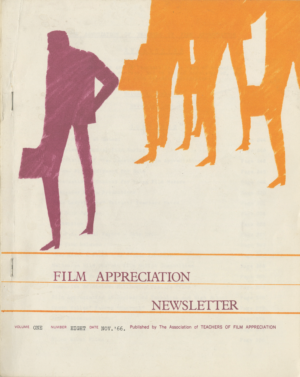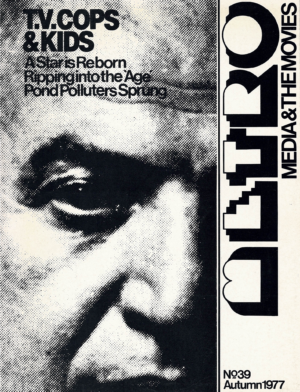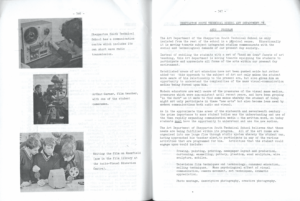Three minutes into Now Sound: Melbourne’s Listening (Tobias Willis, 2018), I saw myself – unexpectedly – on screen. It was both a little unnerving and not entirely surprising: this was, after all, a documentary about Melbourne’s music scene, a film filled with friends and foes and fellow Triple R broadcasters, in which my face was certainly not out of place. This is a very personal example of representation, especially as it reflects on Australia’s film industry: people being able to see their stories, their culture, their town reflected back at them. The presence of Metro in Melbourne has added another, important layer to that experience: not just seeing your town on screen, but having films set therein thoughtfully, critically discussed – the relationship between local cinema and this publication’s coverage being long interwoven.
Melbourne’s music community has been perennially chronicled on screen – and, in turn, in this publication’s pages – from recent films like Now Sound and Persecution Blues: The Battle for The Tote (Natalie van den Dungen, 2011; M173) to Richard Lowenstein’s accounts of the city’s post-punk scene: Dogs in Space (1986; M162), We’re Livin’ on Dog Food (2009; M162) and Autoluminescent: Rowland S. Howard (co-directed with Lynn-Maree Milburn, 2011; M171). As well as capturing the jams and the people, these films are also about places: The Tote is both mythical and tangible, a dive bar on the corner of Wellington and Johnston streets in Collingwood; and Dogs in Space was filmed at a sharehouse – 18 Berry Street in Richmond – that Lowenstein had lived in.
At a time when every street corner is the site of a CCTV camera and every cafe has turned into an Instagram photoshoot, the idea of the power of having your landscape documented seems quotidian, quaint. But the arrival of the first ever Hollywood pic shot on Port Phillip shores, On the Beach (Stanley Kramer, 1959), was, back then, a major event for an isolated island nation. That idea’s brought home in Fallout (Lawrence Johnston, 2013; M180), a doc chronicling the production, with its contemporaneous 1950s newsreel footage showing streets – tree-lined Royal Parade, the grid of the CBD – that’re both recognisable and un-, lain in the same place but completely, utterly empty. They betray the big-country-town feel of mid-twentieth-century Melbourne (perhaps the source of the apocryphal Ava Gardner quote that it was ‘the perfect place to make a film about the end of the world’), which is antithetical to the current cashed-up, cacophonous, teeming-with-peeps vibe of contempo Melbz.
In an internationalist era – of information, culture and film production – it’s no surprise that the city’s done time as the anonymous metropolis of genre dystopia, local landmarks popping up in entertainment products like Queen of the Damned (Michael Rymer, 2002), Ghost Rider (Mark Steven Johnson, 2007) and Upgrade (Leigh Whannell, 2018; M198). But it’s more fun following films through recognisable landscapes, especially if they pass the Thom Andersen test: respecting local geography over mismatched locations. Those wanting to parse drama for fidelity to reality can compare Holding the Man (Neil Armfield, 2015; M186) to Remembering the Man (Nickolas Bird & Eleanor Sharpe, 2015; M189), and modest economic-disenfranchisement / male-angst dramas Tom White (Alkinos Tsilimidos, 2004; M141, M145) and Three Dollars (Robert Connolly, 2005; M144) are made far more interesting if you recognise the streets they (sometimes incongruously) walk.
Melbourne’s nocturnal landscape was a stage upon which iconic 1990s angst played out: Romper Stomper (Geoffrey Wright, 1992; M92, M117, M141, M178), Only the Brave (Ana Kokkinos, 1994) and Head On (Kokkinos, 1998; M118, M165) turning familiar locales into veritable mean streets; Animal Kingdom (David Michôd, 2010; M165), in its own Scorsesean fashion, setting criminal activity against suburban banality. Some of the best depictions of Melbourne’s street life have been captured in vérité by the city’s most interesting new-millennial filmmaker, Amiel Courtin-Wilson, from his short Melbourne 2:36AM (2001) to features Bastardy (2008; M163) and Hail (2011; M175).
Courtin-Wilson has had a career-long relationship not just with Metro – which profiled him as early as 2001 (M134) and covered his more recent works Ruin (co-directed with Michael Cody, 2013; M182) and The Silent Eye (2016; M196) – but also with the Melbourne International Film Festival (MIFF). The country’s definitive cinematic event is so huge that it can serve as both a passport unto the world and an incubator of local talent/production. MIFF, too, is where Now Sound premiered to a local, parochial crowd, so many of whom also saw themselves on screen. One of the key figures in the film is, of course, Courtney Barnett, the Melbourne-based singer/songwriter whose success has found her lyrics, littered with local landmarks, taken to a global audience.
Similarly, I remember, in my distant youth, when Love and Other Catastrophes (Emma-Kate Croghan, 1996) earnt international buzz during the indie-movie frenzy of the mid-’90s, wondering what foreign audiences would make of a film so of its time/place that there’s a running storyline about then–Age film critic (and long-running Metro contributor!) Adrian Martin. The specificity is, of course, part of the charm; what cinephile hasn’t felt a tinge of the uncanny upon arriving in Paris or New York or Los Angeles, seeing the landmarks made oh-so-familiar by filmed entertainments?
The rising stature of Metro’s hometown – culturally, cinematically, musically – has given Melbourne its own such status, this a place routinely seen on screens, with these representations critically parsed, in these pages, by people who, often, live and work (and maybe are on iconic community-radio stations) here. The old cultural cringe has fallen away, the familiar no longer breeding contempt, but something closer to pride. In cinema, the delight always comes in the details, which speaks to that old writer’s truism that, paradoxically, the more specific a story is, the more universal it becomes. Meaning: you can never get too local – indeed, too Melburnian.
